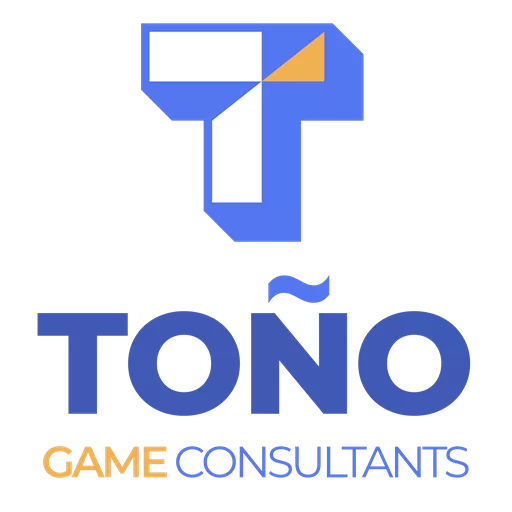Over the last few weeks, I’ve been answering questions on Reddit from developers working on roguelikes, horror games, survival sims, story-driven adventures, and base-builders. No matter the genre, the same challenge kept showing up:
It’s easy to get overwhelmed when you try to build your entire game at once. The secret isn’t to abandon your big idea, it’s to start small and prototype first.
This article will show you how to reduce scope without losing your vision, why prototyping is the safest way to discover the fun, and how this naturally flows into the next critical step: playtesting
1. Start With One Mechanic
Most developers want to jump straight into their grand vision, multiple systems, complex progression, rich storylines. But that scale can bury you before you even begin.
Instead, focus on just one mechanic, something you can test in a few hours or days.
👉 Example: “Attack a cube with a stick.”
That’s it. If that tiny loop isn’t fun, you’ll know immediately. If it is, you can expand from there.
2. Paper or Simplified Prototyping
Not every prototype needs code or polished assets. Sometimes the fastest way to learn is to keep it simple:
-
Use index cards, dice, or sticky notes for paper prototypes.
-
Replace art with circles, cubes, or placeholder icons.
-
Ignore polish—the only question is: is this fun?
For a deeper dive into the different types of prototypes (paper, digital, graybox, vertical slice), check out my full guide on game prototyping
3. Playtest Early, Don’t Wait for “Finished”
Your prototype doesn’t need to look good—it just needs to be playable. Hand it to someone else and watch what happens.
-
Don’t explain. Let them struggle or discover naturally.
-
Observe reactions and take notes.
-
If it doesn’t work, throw it away. If it does, iterate.
This is where prototyping naturally transitions into playtesting the step that reveals if your idea truly works for players.
4. Keep Iterations Small & Fast
Think in terms of hours or a couple of days, not weeks. The smaller the iteration, the easier it is to restart if something doesn’t work.
This cycle has two key benefits:
-
Keeps momentum alive. Small wins motivate you.
-
Prevents scope creep. You only expand once something is proven fun.
5. Growth Through Layering
Once a mechanic clicks, don’t leap to building everything around it. Add one feature at a time:
-
Introduce a supporting mechanic.
-
Test again.
-
Repeat.
Over time, this layered approach builds a core loop, then supporting loops—without collapsing under ambition.
6. Why This Matters
I’ve seen two truths play out in nearly every project:
-
Game scope is infinite. Every new feature idea spawns three more.
-
Fun is discovered, not planned. A design doc can’t guarantee engagement, only prototypes and playtests can.
That’s also why so many projects fall victim to scope creep, ambition keeps expanding while progress stalls. Starting small keeps your big idea alive without letting it overwhelm you.
Conclusion: Big Ideas Grow From Small Starts
Starting small doesn’t mean abandoning your dream—it means giving it room to succeed.
👉 Focus on one mechanic.
👉 Prototype quickly.
👉 Playtest and iterate.
👉 Add layers slowly.
That’s how you turn an overwhelming idea into something playable—and eventually, something unforgettable.
And when you’re ready to go beyond prototyping, the next step is clear: playtesting
Take the Next Step: Free Game Dev Starter Kit
Prototyping doesn’t exist in isolation. To make it effective, you need the right setup before you begin, and a clear process for what comes after. That’s where the Game Dev Starter Kit can help.
Inside, you’ll find three tools designed to strengthen the stages around prototyping:
-
🧠 Brainstorming Framework – Refine your ideas before you build.
-
👤 Player Profile Template – Identify your target audience so your prototype stays focused.
-
🎮 Playtest Guide – Gather meaningful feedback once your prototype is ready to test.
👉 Download the Game Dev Starter Kit here.
With it, you’ll not only start smarter—you’ll also know how to use feedback to guide your game’s growth.
Frequently Asked Questions about Prototyping
Why should I start small instead of building the full game?
Because starting small helps you validate mechanics quickly, avoid wasted work, and keep your scope under control. Big ideas grow stronger when built step by step.
How long should a prototype take?
A good prototype should take a few hours to a couple of days. If it takes weeks, it’s too big.
What’s the difference between a prototype and a demo?
A prototype tests raw mechanics with placeholder assets. A demo is a polished slice meant to represent the finished game. Prototypes come first.
How does prototyping prevent scope creep?
By forcing you to test one mechanic at a time. Features that don’t work get cut early, before they bloat your project.
What should I do after building a prototype?
The next step is playtesting. Observing players interact with your prototype shows whether it’s truly fun and what needs to change.


